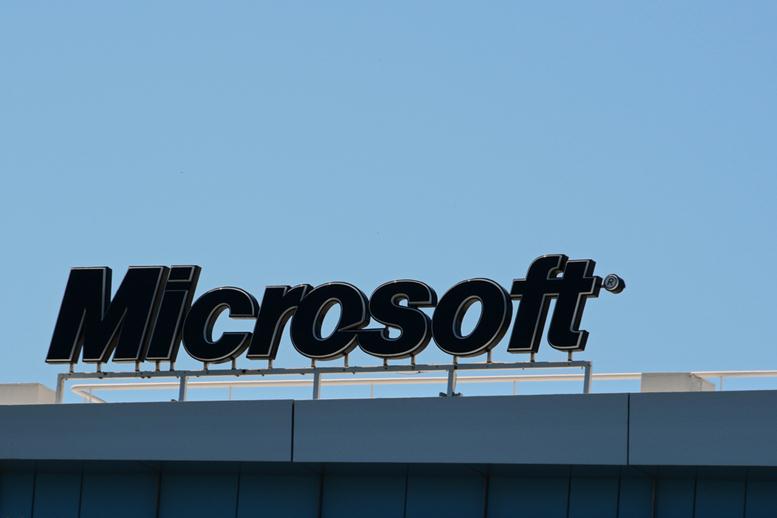Microsoft Corporation (NASDAQ:$MSFT) has consistently been a popular stock for people to place on their stock watchlist, which is why we would like to consider further one interesting put contract and one interesting call contract from MSFT’s July 2018 expiration.
The put contract is especially interesting, as it is at a $70 strike, which is currently holding a bid of $1.36 at the time of this writing. The current put contract collects the bid as a premium at a 1.9% return against the $70 commitment, which is translated into a 2.9% annualized rate of return.
Selling a put is not the same as owning any of MSFT’s shares, due to the fact that the put seller can only own shares if the contract is exercised. This means that unless Microsoft’s shares decline 15.1% and the contract is exercised, the put seller’s only benefit is from collecting the premium for the 2.9% annualized rate of return.
It is worth considering, however, that the annualized 2.9% figure actually exceeds the 2% annualized dividend paid by MSFT based on its current share price of $82.49. In order to collect this dividend at the going market price, though, the stock would have to lose 15.14% to reach the $70 strike price. Dividend amounts are not always predictable, and they tend to follow the ups and downs of profitability at any given company, both important points to consider when determining whether or not MSFT’s most recent dividend is going to continue and whether or not it seems reasonable to expect this 2% annualized dividend yield.
The call contract, on the other hand, will be of interest to MSFT shareholders who are looking to boost their income beyond the stock’s 2% annualized dividend yield. If one is to sell the covered call at the $87.50 strike and collect the premium based on the $2.69 bid, the stock will annualize to an additional 4.9% rate of return against the current stock price. This would come to a total of 7% annualized rate in the scenario in which stock is not called away. If the stock rises and is called away, any upside above $87.50 would be lost, but luckily MSFT shares would have to climb 6.1% from current levels for this to happen. This means that in any scenario in which stock is called, shareholders have earned a 9.3% return from this particular trading level and will also collect any dividends held before the stock was called.
We have calculated the trailing twelve-month volatility for Microsoft to be 14%, when the last 252 days trading day MSFT historical stock prices using closing values have been considered, along with today’s price of $82.49.
The stock’s historical volatility can be a helpful guide in combination with fundamental analysis to judge whether selling the July 2018 put or call options highlighted in this article deliver a rate of return that represents a good reward for the risks. We calculate the trailing twelve-month volatility for Microsoft Corporation (considering the last 252 trading day MSFT historical stock prices using closing values, as well as today’s price of $82.49) to be 14%.
In mid-afternoon trading on Monday, the call volume was at 1.47M and the put volume among S&P 500 components was 842,742 contracts. The stock also had a put-call ratio of 0.57 so far for the day. Compared to the long-term median put-call ratio of .65, that represents high call volume relative to puts; in other words, buyers are showing a preference for calls in options trading so far today. Find out which 15 call and put options traders are talking about today.
Featured Image: depositphotos/sirylok











